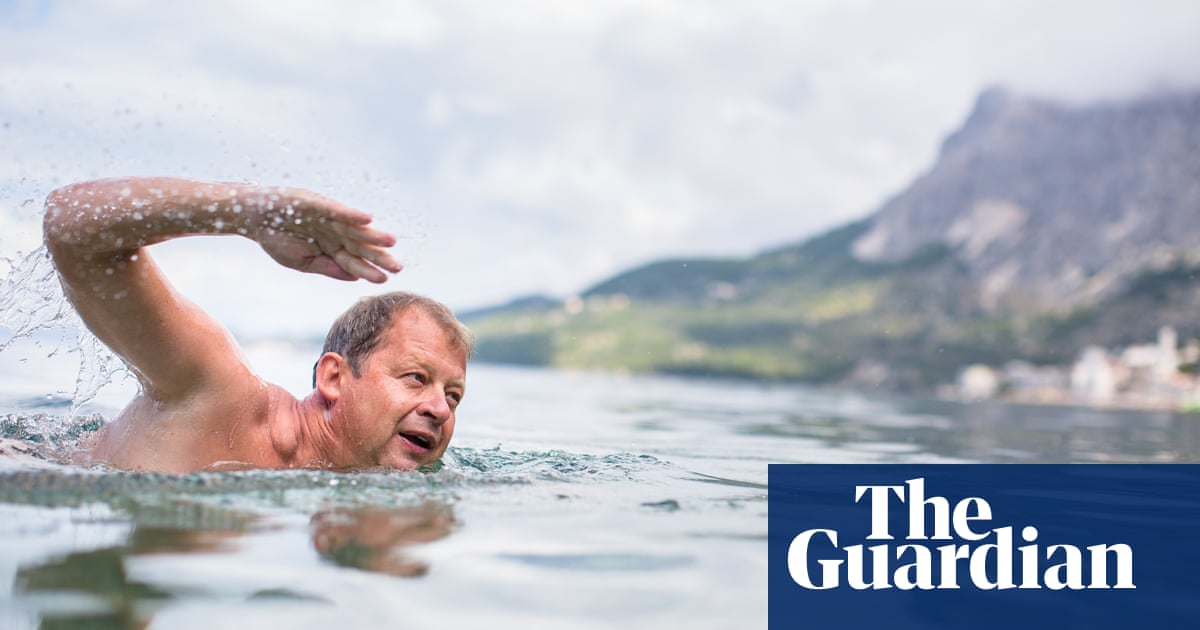
Find the right spot
Search online for blue flag (clean water) and lifeguard-protected beaches, at rlss.org.uk.
Go early
Especially if you like to swim in secluded coves. Getting your swim in early is safer than heading to a less popular, but more dangerous, spot.
Do your research
Surfers Against Sewage updates its site if bad weather leads to any sewage outpours in rivers or seas, while magicseaweed.com has tide heights, and tidetimes.co.uk tells you when to head to the beach. Choose a beach with a low tidal change, such as Bournemouth, so you can swim safely near your kit and don’t have to walk miles to reach the sea.
Acclimatise slowly
The sea warms gradually over the summer, usually reaching its peak around September, so even on the hottest early summer days, it will still be cold. A radical rapid change in body temperature can be dangerous, so get in slowly and only plunge underwater when your body has got used to it.
• Ella Foote, the Outdoor Swimming Society.
As told to Emma Irving
Source: TheGuardian
